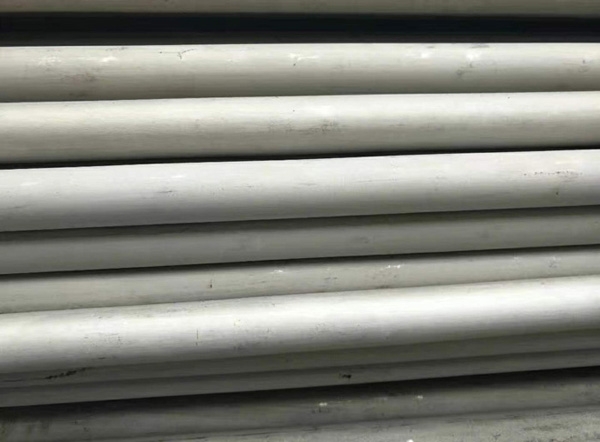Categories
- Stainless Steel Tubing Coil (21)
- Seamless Stainless Steel Tubing (42)
- Stainless Steel Welded Pipe (13)
- Stainless Steel Pipe Fittings (25)
- Duplex Stainless Steel Pipe (7)
- Sanitary Stainless Steel Pipe (10)
- Forged Socket Pipe Fittings (6)
- Stainless Steel Flanges (12)
- Nickel Alloy Steel Pipe (19)
- Forged Thread Pipe Fittings (11)
- Stainless Steel Olets (3)
Schedule 10 Stainless Steel Pipe
Schedule 10 Stainless Steel Pipe is an extensively used material in cutting-edge piping and structural packages. Recognised for its balance among power and flexibility, it has earned an area in industries where each performance and refined look are valued. Its sleek surface and reliable construct make it a reliable choice across a couple of fields.
- Product Details
Fabric Evaluation
The structure of Schedule 10 Stainless Steel Pipe in China affords balance at the same time as ultimate versatility. Its wall thickness is designed to provide durability without useless heaviness, making it appropriate for initiatives where each efficiency and dependability be counted. With its easy floor end, it no longer only serves sensible functions however also contributes to the overall appearance of installations.
Industrial Applications
This pipe is generally visible in industries which include creation, chemical processing, food and beverage, and marine environments. Each zone values its ability to carry out nicely under varied conditions even as preserving consistency through the years. From process structures to architectural frameworks, time table 10 stainless steel pipe adapts without difficulty to each heavy-duty and ornamental uses.
Role in Production and Design
Schedule 10 Stainless Steel Pipe holds a crucial location in construction and architectural layout. Its polished end makes it attractive for tasks in which the pipe is not only purposeful however also visible as part of the layout. Whether or not used for help systems, railings, or interior frameworks, it blends durability with beauty, complementing current styles.
Energy and Toughness
A main benefit of agenda 10 stainless-steel pipe is its capability to preserve energy through the years. It holds up against external situations and repeated use even as retaining its shape. This lengthy-lasting excellence reduces the want for common replacements and enables consistent performance in both commercial centers and architectural packages.
Preservation and Care
Preserving Schedule 10 Stainless Steel Pipe Supplier in China is pretty easy. With occasional cleaning, it keeps its floor appearance and stays proof against put on and staining. This first-class makes it a sensible preference for industries where cleanliness and sturdiness are similarly important. Its polished exterior guarantees that it keeps its appearance delicate throughout its provider life.
Availability and Variations
Schedule 10 stainless-steel pipe is available in special sizes, diameters, and finishes to satisfy various assignment requirements. This flexibility allows designers, engineers, and builders to pick out the maximum appropriate option for his or her wishes. Its adaptability enhances its popularity as a fabric that fits each small-scale and huge-scale task.
About Schedule 10 Stainless Steel Pipe
Schedule 10 Stainless Steel Pipe in China By Zhstainlesspipe combines energy, performance, and visual attraction, making it a long lasting desire across industries and present day layout. Its potential to conform to exceptional environments whilst offering long-lasting performance guarantees that it remains a dependable cloth. From business programs to architectural frameworks, it continues to play a crucial function in meeting numerous venture needs.











